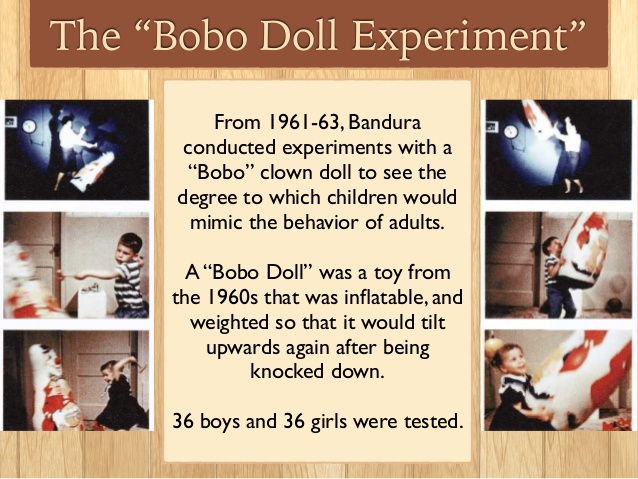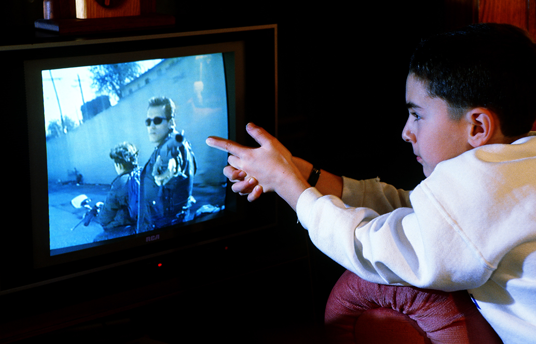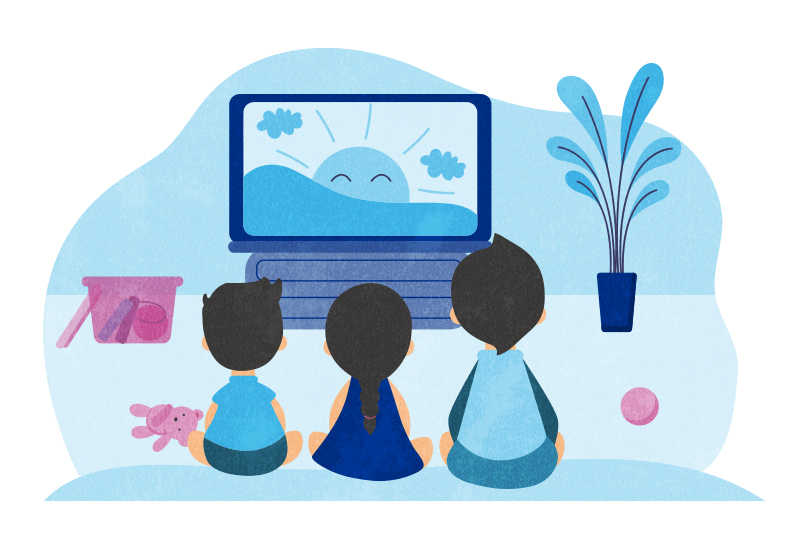A Quick Guide
Exposure to media violence can influence children’s behavior, leading to increased physical and verbal aggression. Albert Bandura’s social observational learning theory suggests that children imitate aggressive behavior they witness in media. Parents can mitigate the impact of media violence by filtering content, setting screen time limits, discussing the consequences of violence, promoting non-violent alternatives, introducing other activities, and seeking professional help if necessary.
Introduction
Consider the following scenario;
Mark and his brother James love watching TV shows with superheroes fighting the bad guys. They also watch wrestling and get pumped up when the bigger guy beats the smaller one. One day, their mother saw Mark beating his brother while his friend acted as the referee. She immediately put a stop to it and was quite concerned since she could not understand the reason for his aggressive behavior.
Can you relate to the above situation? Have you observed such aggressive behavior in your children? Did you feel as confused as Mark’s mother did? Well, a possible explanation for this is that exposure to media violence may be making your child aggressive.
The Impact of media violence on Children
Children worldwide frequently watch shows on TV, computers, tablets, etc. A lot of cartoons, anime, movies, and TV series are popular among youngsters if they focus on a big strong character who fights villains. These powerful aggressive heroes often solve their problems through violence and get what they want using brute force. As children’s minds are sensitive to suggestions, they start to adopt these characters as models/idols. Consequently, they copy their behavior in the hopes to be more like them. Thus, such children become more physically and verbally aggressive in daily life.
Social Observational Learning Theory
Albert Bandura, a renowned psychologist’s social observational theory explains this idea. According to him, most of our learning in childhood is through imitation of models present in our surroundings. His famous ‘bobo doll experiment’ (1961), showed that children learned physically aggressive behavior by observing models (adults) who were violent. Subsequently, multiple studies have researched this phenomenon.

Research on media violence and aggression in children
Evidence for learning through imitation was found among children who watched violent shows. One study reported that 80% of boys watched violent cartoons. 53% of them imitated the aggressive behavior of those characters. Whereas 30% of girls watched violent shows and 28% imitated them. According to the National institute of mental health watching violence in tv shows may have the following effects on children:
- They may become less sensitive to the pain and suffering of others.
- Their tendency to behave in aggressive or harmful ways toward others may increase.
- They may become more fearful of the world around them.

In other words, frequent exposure to media violence may desensitize children to real-world violence. Above all, they may even start to enjoy it. Anxious arousal that usually results from such imagery may stop. Thus, making them numb and immune to the horror of violence. In other words, such acceptance of violence may be adopted as a problem-solving strategy as children start to identify with certain characters.
How learned aggression in childhood manifests in adulthood
The point of concern is that this learned aggression may persist till these children become adults. For instance, Psychologists L. Rowell Huesmann and Leonard Eron (1980) conducted a longitudinal study. They found that children who watched violent shows during elementary school were more aggressive as teenagers. Whereas in adulthood, they had higher chances of being arrested or jailed for criminal acts. This raises serious concerns about the drastic and long-term impact of violence exposure on children.
It must be mentioned that media violence is just one of the many factors that contribute to aggressive behavior. Fortunately, one can take measures to prevent it.
Watch: [Social Media, Violent Imagery, and Technology’s Effects on At-risk Kids]
What can parents do?
Parents can adopt the following strategies to control the effect of media violence on children:
- Filter out programs that have a lot of violent content by pre-watching or watching them with your children.
- Set limits on the amount of screen time.
- Let your child watch shows under your supervision in the Lounge. Likewise, remove the TV and any other gadgets from their bedrooms.
- Explain to them the consequences of violence on physical and mental health. Highlight how violence leads to negative outcomes like pain and death of people.
- While co-watching violent content, raise objections on violence as a problem-solving strategy. Moreover, discuss alternative and non-violent options that could be adopted.
- Assist your child with peer pressure if needed.
- Introduce other activities such as reading, painting, and playing with friends in their daily schedule.
- If your child’s aggressive behavior is severe, consider consulting with a child psychologist and psychiatrist for assistance.
For additional guidance on the negative effects of excessive screen time and its regulation in children, check out the article on our website.



 Overexposure to Covid-19 Media and its Psychological Effects
Overexposure to Covid-19 Media and its Psychological Effects  How much screen time should I allow my child?
How much screen time should I allow my child?